Halloween is just over a week away, and that means we’re at the pinnacle of scary story season. Spooky middle grade novels in particular have been gaining a lot of traction in the publishing industry over the past year or so—there’s just something about them that young readers find irresistible. I devoured these books as a kid, and now, as a librarian, this is the time of year I find myself performing readers’ advisory for kids looking for books offering a bit of a scare.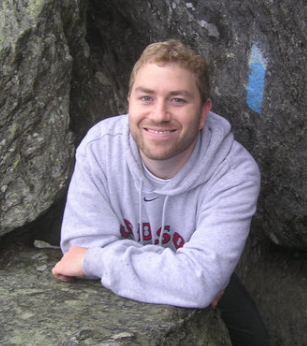
Josh Roberts is the author of THE WITCHES OF WILLOW COVE, out from Owl Hollow Press in Summer 2020. In his book, thirteen-year-old Abby Shepherd discovers that she and several of her schoolmates are witches—and that her town, Willow Cove, is home to a dangerous secret past that could destroy them all. It’s full of magic, mayhem, gripping danger, and a good dose of humor. Basically, it hits all the sweet spots for the modern spooky middle grade novel. That’s why I thought he’d be the perfect person to talk to in order to better understand what makes these books so compelling to young readers!
Rebecca Moody: Why did you want to write a spooky middle grade novel? When you were developing TWOWC, did you decide you wanted to write something witchy, or did the idea come to you in another way?
Josh Roberts: I’ve always been attracted to stories about the supernatural and unexplained: ghosts, witches, vampires, werewolves, that kind of thing. Growing up, I lived in a three-story Victorian funeral home, complete with creaky floors, drafty windows, and a secret room sealed off from the rest of the house, so I spent a lot of my childhood making up stories to spook myself and my friends.
RM: That sounds amazing! And amazingly devious!
JR: It was definitely an unusual upbringing! When I was younger, some of my friends were afraid to sleep over because the house was so spooky. But I have a lot of great memories from living there, too. And obviously it provided some fuel for my imagination.
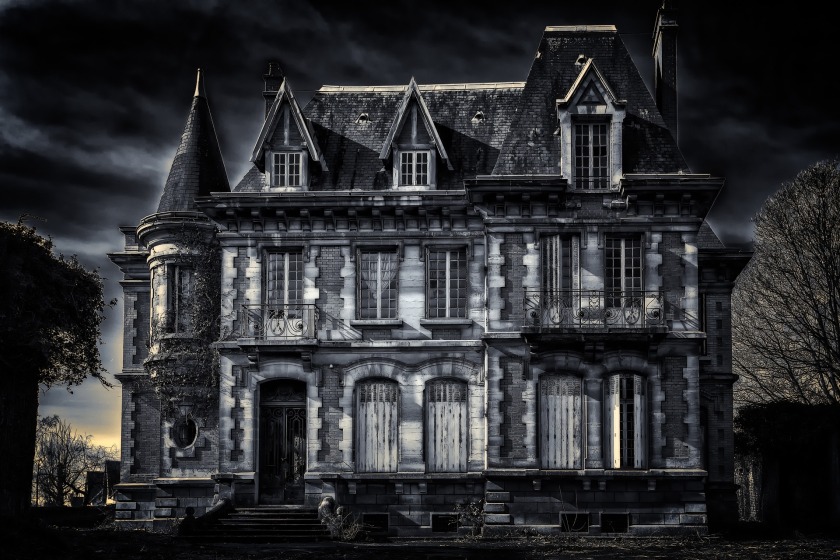
I’ve always believed that the best spooky stories are the ones that feel like they could be happening to real people in real places. I knew from the beginning that THE WITCHES OF WILLOW COVE would be set in a small New England town like the one I grew up in. I knew I wanted it to be upper-middle grade, too, with characters right on the cusp of their teenage years, caught in that moment of their lives when they’re not quite grown up yet, but also not quite kids anymore. And I knew that my take on it would be: What happens when you find out you’re one of the spooky things that everyone’s afraid of?
RM: Ha! That’s an excellent twist!
JR: Also, coming from a town just north of Salem, the witch trials were always a part of our local story, so that seemed like the natural place to start. I always knew that my main character, Abby, would discover she was a witch. But it was a long and winding road from there to the place where Abby’s story, and that of her friends, finally ended up.
RM: Why do you think kids are drawn to scary stories?
JR: I think there’s a sort of comforting thrill that comes along with reading a spooky story—the promise that eventually the scary part will be over and things will generally sort themselves out. That release of tension is just as important as the frightening part. Maybe more so.
RM: There’s been a burst of “spooky middle grade” novels on the market lately, and they seem to be really popular with kids . . . but I’ve sometimes heard adults express concern that some of it might be “too scary” for its target audience? Do you agree? How do you feel about that?

JR: The world is a scary place. It’s scary for adults, and we at least have some control over our lives. Kids often don’t. Spooky or scary stories offer a safe place for kids to confront some of the emotions that well-meaning adults try to protect them from. We don’t want our kids to be scared or sad, but they need to learn to deal with these feelings, and to embrace others that go hand-in-hand with them as well. Things like bravery and empathy.
I would describe THE WITCHES OF WILLOW COVE as spooky rather than scary. There are ghosts and witches, but the most frightening parts to me are the things that are universal to all our lives—finding out that people we believe in will sometimes let us down, learning that the past is full of tragedies and injustices that no amount of wishing or hoping can fix.
But ultimately it’s a story of empowerment, of embracing hope over fear, of becoming the kind of person you were meant to be. Abby develops some fantastic magical abilities, but her most important quality is something we all have inside us: empathy.
RM: Did you love scary stories as a kid? Can you tell us some of your favorites? Books OR authors! I remember when I was a kid I used to LOVE Scary Stories to Tell in the Dark…
JR: I loved those, too! I also read some of the early FEAR STREET books by R.L. Stine and a lot of stuff by Christopher Pike. At some point when I was a little older, I discovered Lois Duncan’s DOWN A DARK HALL and I KNOW WHAT YOU DID LAST SUMMER, both of which made a lasting impression. And I loved THE WITCH OF BLACKBIRD POND by Elizabeth George Speare for the way it dealt with superstition and witchcraft in early New England.
I have vivid memories of discovering SOMETHING WICKED THIS WAY COMES by Ray Bradbury in my early teens, around the same time that I read (or at least attempted to read) Bram Stoker’s DRACULA. I also consumed a lot of horror comics—WEREWOLF BY NIGHT, THE TOMB OF DRACULA, that kind of thing—which I remember being delightfully creepy, the artwork especially.
RM: What about today? Are there any ‘modern classics’ you’ve recently read and enjoyed?
JR: Yes! It seems like spooky stories for kids are becoming more and more popular these days. My twelve-year-old son introduced me to the LOCKWOOD AND CO. series by Jonathan Stroud, and I’m totally hooked. I just recently read THE ABSENCE OF SPARROWS by Kurt Kirchmeier and THE SECRET OF NIGHTINGALE WOOD by Lucy Strange, both of which I loved on so many levels and can’t recommend highly enough.
I’ve also enjoyed THE JUMBIES by Tracey Baptiste, THE NIGHT GARDENER by Jonathan Auxier, SMALL SPACES by Katherine Arden, THE BONE GARDEN by Heather Kassner, CITY OF GHOSTS by V.E. Schwab, and BONE HOLLOW by Kim Ventralla. I just started THE WICKED TREE by Kristen Thorsness last night and I’m enjoying that one, too.
RM: Ooooh! THE NIGHT GARDENER is fantastic! And I just read SMALL SPACES and thought it was excellent as well. What do you think are some of the essential elements when writing a spooky novel for kids?
JR: I think atmosphere is very important. You can’t have a spooky novel without some things that go bump in the night or send shivers down your spine. Pacing is important, too—a growing sense of dread, a slow-but-steady unraveling of secrets, lots of surprises, a steady diet of twists and turns, and lovable characters forced to face the things they fear. It’s great to have some supporting characters with murky motivations, too. I like it when authors keep me guessing: Is this character secretly a villain? Is the villain secretly good?
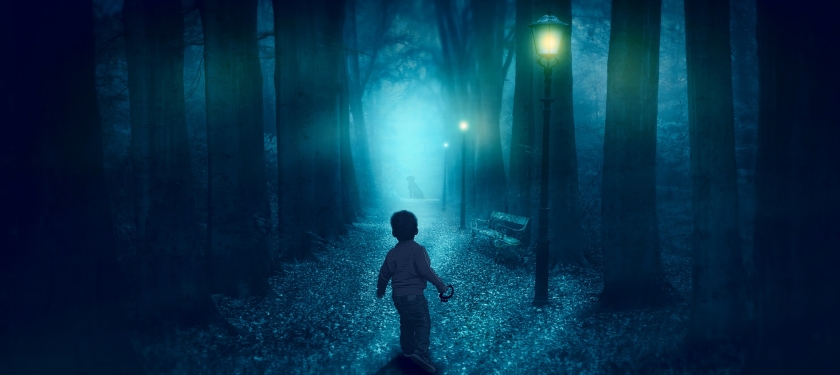
People don’t always think of the Harry Potter books as spooky because there’s so much fantasy, adventure, and humor, but a book like THE PRISONER OF AZKABAN checks every box I’ve just described: atmosphere, pacing, surprises, lovable characters, and others with questionable motives.
RM: That’s a really good point—and maybe one of the reasons I love those stories!
JR: Now that I think of it, PRISONER OF AZKABAN does one other thing that I particularly love in middle grade fiction, spooky or otherwise. Harry, Ron, and Hermione (and we, the readers) make a lot of perfectly reasonable assumptions based on the information available at the time. But of course many of those assumptions are wrong. When we learn the truth, it turns the whole story on its head, and everything we thought meant one thing at the beginning actually means something else when we have the full picture. I love stuff like that.
I set out to do a lot of those same kinds of things in THE WITCHES OF WILLOW COVE.
RM: TWOWC definitely has some of those – but it also has a lot of humor, too. Why did you make the choice to blend humor with horror?
JR: Honestly, it was never really a choice, because I don’t know any other way to write. My characters always seem to come with a sense of humor baked in, whether I intend them to or not. Some are sarcastic or snarky, some a little daffy, others tend more toward gallows humor—but they all eventually reveal a humorous side, and at that point what else can I do but let them have their witty banter in the face of terror?
More generally, I think humor is a great coping mechanism, both in everyday life and in fiction. It works well in spooky middle-grade books because it sort of signals to the reader that yes, this may be a little scary, but it’ll probably turn out all right. I think that’s a good message to convey about a lot of things in life.
RM: Both your novel, soon to be published, and mine (which is, um, not) have a decisive focus on Halloween. Why did you choose to include a Halloween theme in your book? What is it about the holiday that you find irresistible?
JR: As a kid I was drawn to Halloween for the candy and costumes, of course. But it also represented a kind of reckless freedom—to be whatever I wanted, to run around after dark with my friends, to see my familiar neighborhood transformed by moonlight and decorations into something new and a little spooky. It’s such a perfect holiday with a fascinating history and an obvious connection to the eerie and the strange.
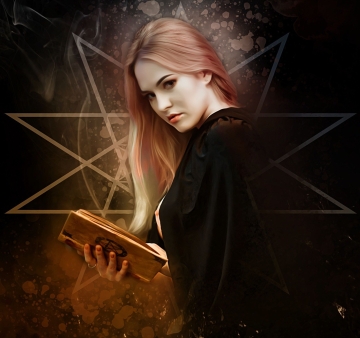
I think all of that was swirling around in my subconscious when I sat down to write the first few lines of THE WITCHES OF WILLOW COVE. I didn’t have much of a plan for this book at the time, but after just a few sentences into the first draft, I knew that the story would open on Halloween night and that it would be Abby’s thirteenth birthday. It seemed like a perfect combination to me—a night when anything seems possible, and a character on the cusp of leaving childhood behind and becoming something new and unlike what she was before.
After I settled on those two elements, I took a step back and came up with the rest of the story that eventually became THE WITCHES OF WILLOW COVE.
RM: Ok, last question: are you dressing up for Halloween this year–no, scratch that. WHAT ARE YOU DRESSING UP AS FOR HALLOWEEN THIS YEAR?
JR: I’ll be donning fangs and a dark cloak. The sequel to THE WITCHES OF WILLOW COVE, which I’m currently hard at work on, involves a certain blood-thirsty creature of the night. I guess you could say I’m trying to get in character!
RM: Ooooh, intriguing! I can’t wait to learn more… Josh, thank you so much for talking to us here at the Writers’ Rumpus about this!
Well, that’s a wrap for me and Josh—but I’d love to hear what others have to say on what makes for a great “spooky middle grade novel.” Lend us your thoughts in the comments section, or else give us a few of your favorite titles!
And, if you’re sufficiently intrigued, don’t forget to look for THE WITCHES OF WILLOW COVE next summer or add it to your Goodreads list today!
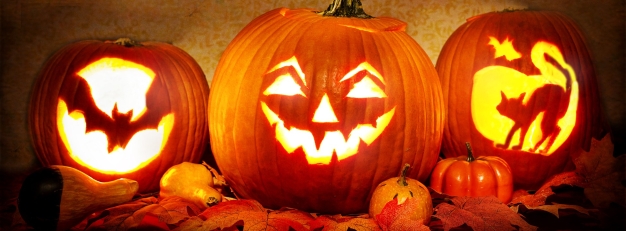

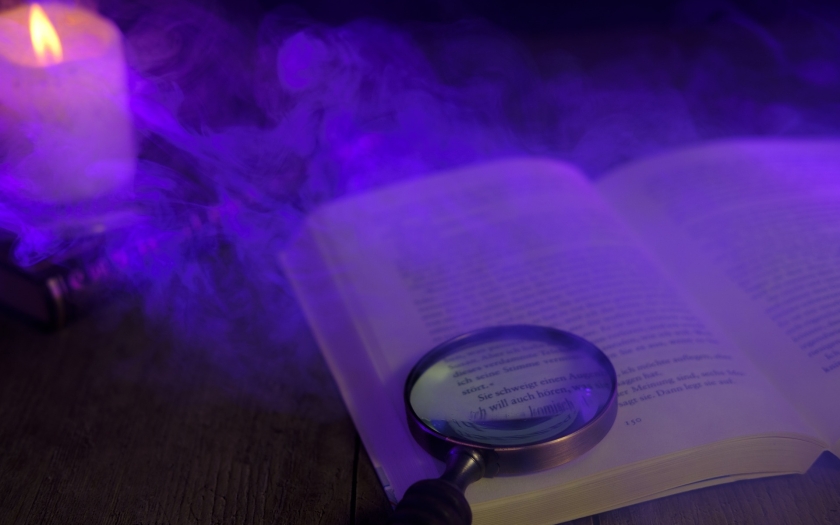
Great interview, Josh & Rebecca! On my TBR list. I adore spooky, atmospheric stories. But I gotta know…did you ever get into that sealed room, Josh?!
LikeLiked by 1 person